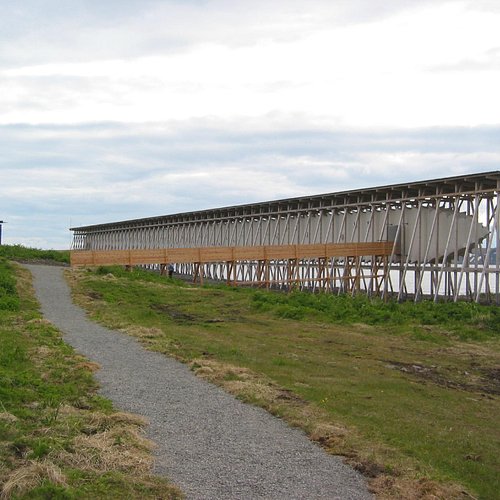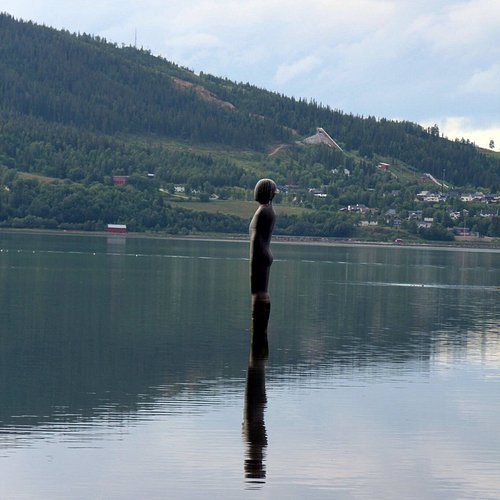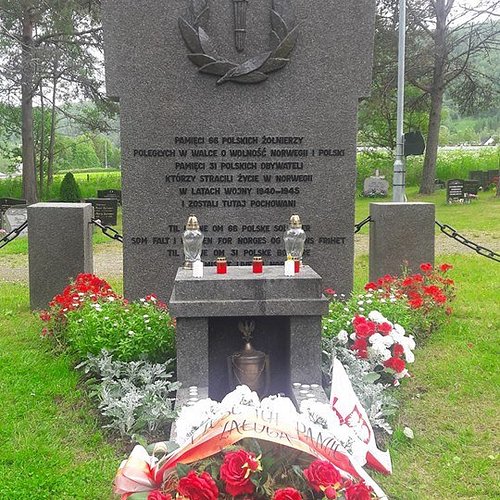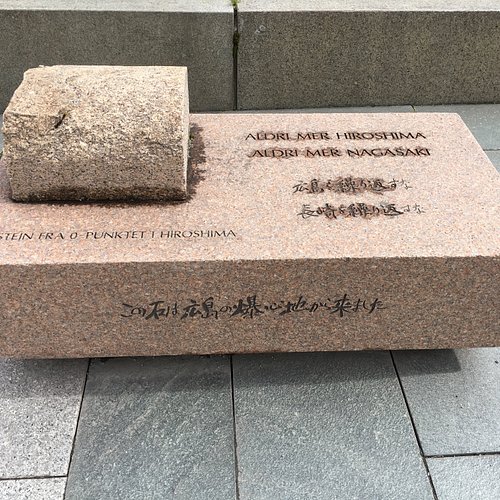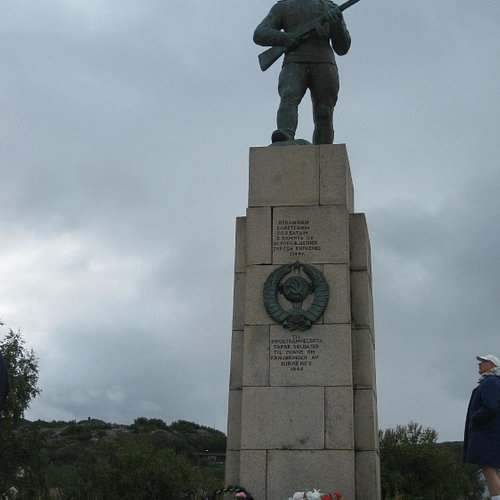Top 10 Monuments & Statues in Northern Norway, Northern Norway
Home to both the midnight sun (with constant daylight from April to July) and the northern lights, North Norway is a rugged land of steep mountains, deep fjords and scenic coastline, making it a great place for outdoor adventures like dog sledding, snowmobiling and wildlife safaris. It's also the ancient home of the Sami people, 3,000 of whom live (along with 100,000 reindeer) at Kautokeino, Norway's largest municipality at over 3,700 square miles.
Restaurants in Northern Norway
1. Steilneset Memorial
Overall Ratings
5.0 based on 107 reviews
Steilneset Memorial or 'The Witches' Monument" commemorates the victims of the witches' trials in Finnmark during the 17th century. It consist of the House of Flames, with an artwork of French-American artist Louise Bourgeois, and the Memorial Hall designed by Swiss architect Peter Zumthor. The Memorial was opened by Her Royal Higness Queen Sonja in 2011.
Reviewed By Werner1960 - Ulm, Germany
Really impressive. A „must see“ and unique experience to walk through the dark corridor. The cube with the eternal flame is also very impressive. Unfortunately no translations into other languages available.
2. Drakkar-Leviathan
3. Havmannen
Overall Ratings
4.5 based on 60 reviews
Reviewed By Art2911 - Oslo, Norway
Havmannen ("The Man from the Sea") is a granite stone sculpture by Antony Gormley located in the city of Mo i Rana, which is referred to in Norway as "Polarsirkelbyen" ("Arctic Circle City"). The sculpture is 11 metres (36 ft) tall and weighs 60 tonnes! It's amazing!
4. Polish War Memorial
5. Memorial to Deportation of Jews of Tromso
Overall Ratings
4.5 based on 10 reviews
Reviewed By lynnc185 - Spalding, United Kingdom
Came across this monument by chance, half covered in snow, to the Jewish people of Tromso murdered in WW2. Of over 500 people from North Norway who were deported to Poland and Auschwitz in November 1942, 17 came from Tromso, 16 were killed in 1942 and one in 1945. Their names are listed here. To just stand and remember them, and the viciousness and cruelty against those whose only crime was their faith.
6. Hiroshima Stone
7. Bamse statue
Overall Ratings
4.0 based on 133 reviews
Reviewed By stilettomouse
I was so intrigued by the statue, I bought the book Sea Dog Bamse—World War II Canine Hero available in the Honningsvag museum, which also deserves a visit.
8. Soviet Liberation Monument
Overall Ratings
4.0 based on 117 reviews
Memorial of the Red Army that liberated South Varanger during the fall of 1944, after four years of German occupation.
Reviewed By davidrD518WB
An important reminder of the Soviet liberation of the area, all too often overlooked by historians in the west. Wreaths are still put there to honor those who took part in this important part of the history of Kirkenes.

